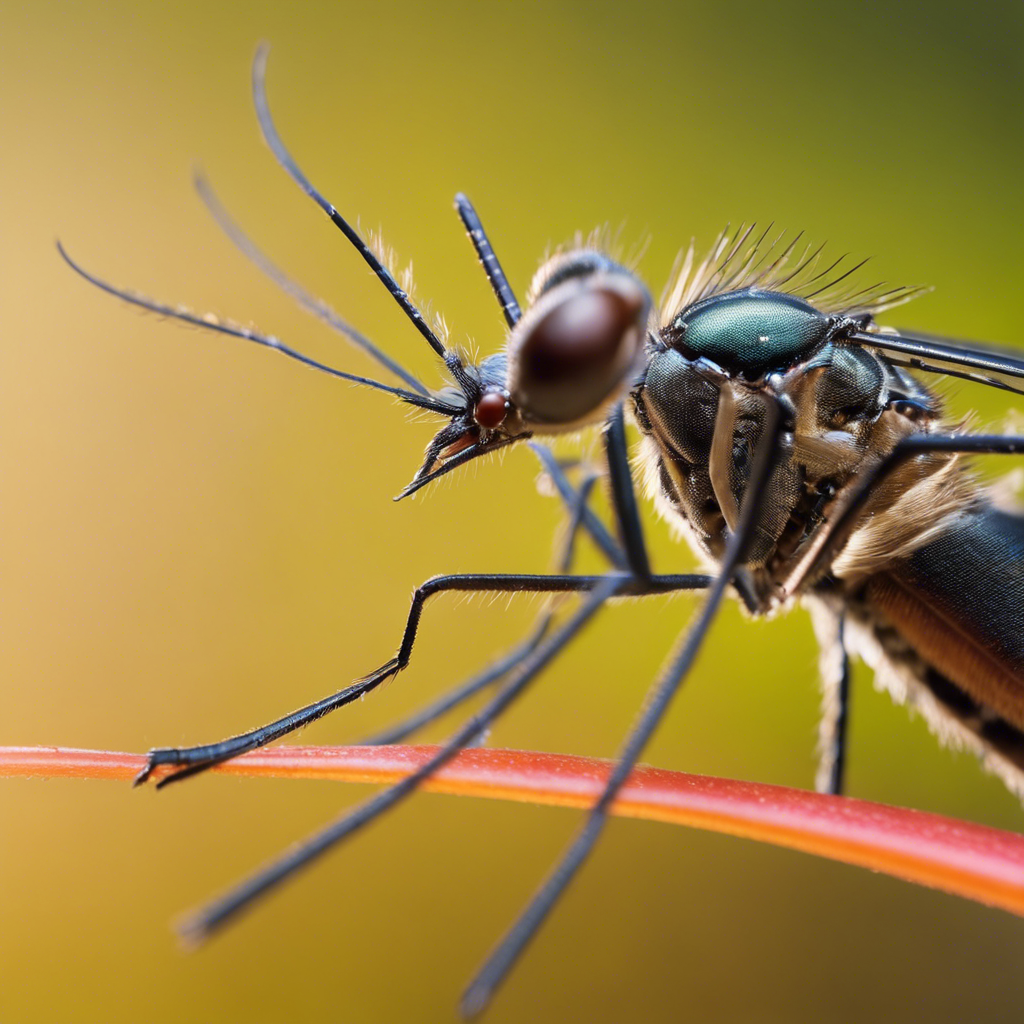To tell the difference between mosquitoes and midges, look at their wings; mosquitoes have longer wings. Midges form swarms more often than mosquitoes. Check the wings; midges lack scales on theirs unlike mosquitoes. If they have proboscis for blood-feeding, they’re mosquitoes, not midges. Mosquitoes can spread diseases like Malaria, unlike midges. It’s important to understand their habitat preferences; mosquitoes like stagnant water, midges prefer mud. Assess their feeding habits; mosquitoes feed on blood, while midges feed on organic matter. Remember, mosquitoes can transmit diseases, but midges don’t. For more insights on these insects, explore further.
Key Takeaways
- Mosquitoes have longer wings than midges.
- Midges form swarms more frequently than mosquitoes.
- Mosquitoes have a proboscis for blood-feeding, unlike midges.
- Mosquitoes can transmit diseases, unlike midges.
- Midges are attracted to light sources, unlike mosquitoes.
Physical Appearance Differences
When distinguishing between mosquitoes and midges based on physical appearance, one key difference lies in the length of their wings. Mosquitoes boast longer wings compared to midges, whose wings are particularly shorter.
These insects are both attracted to lights, but midges tend to form swarms more frequently than mosquitoes. As midges fly, their wings resemble barren glass panes, lacking the scales that can be found on mosquito wings. Additionally, while mosquitoes have a proboscis for sucking blood, midges lack this feature.
Mosquitoes have the ability to transmit diseases such as Malaria and Zika, unlike midges, which don’t pose this health risk. Additionally, midges often swarm together, creating unpleasant odors in the process, which is a behavior not commonly seen in mosquitoes.
Understanding these physical differences can assist in correctly identifying these two insect species.
Habitat Variances
In understanding the habitat variances between mosquitoes and midges, one key distinction lies in where their larvae develop and their preferred breeding grounds. Mosquito larvae develop in standing water, while midge larvae develop in mud at the bottom of lakes or ponds. Midges are commonly found near water bodies like lakes, ponds, and slow-moving rivers, while mosquitoes thrive in stagnant water sources. Mosquitoes prefer laying eggs in still water, while midges lay their eggs on the surface of water bodies. Midges are attracted to light sources and can often be seen congregating around walls and outdoor lights, unlike mosquitoes. Mosquitoes are known to breed in artificial containers with stagnant water, while midges prefer natural water habitats for breeding.
| Aspect | Mosquitoes | Midges |
|---|---|---|
| Breeding Sites | Artificial containers with stagnant water | Natural water habitats |
| Lay Eggs | Still water | Surface of water bodies |
| Water Bodies | Stagnant water sources | Lakes, ponds, slow-moving rivers |
Understanding these habitat preferences can aid in differentiating between mosquitoes and midges when observing their behavior.
Feeding Behavior Contrast
Understanding the distinct feeding behaviors of mosquitoes and midges is essential in implementing effective control measures to manage their populations.
Mosquitoes, with their specialized mouthparts called proboscis, feed on blood, a behavior necessary for egg development. In contrast, midges lack a proboscis for blood-feeding and primarily feed on decaying organic matter, algae, and nectar. This fundamental difference in feeding behavior sets mosquitoes apart from midges.
While mosquitoes rely on blood meals for their reproductive cycle, midges don’t have this requirement. The absence of a biting proboscis in midges is a key factor that distinguishes their feeding habits from mosquitoes.
Disease Transmission Varied
Contrasting the disease transmission capabilities of mosquitoes and midges reveals a significant disparity in their potential impact on human health. Species of mosquitoes have long been recognized as significant vectors for transmitting diseases such as Malaria, Zika virus, Yellow Fever, and West Nile Virus to humans through their bites. These diseases can have severe consequences on human health, making the control of mosquito populations essential in disease prevention efforts.
On the other hand, biting midges don’t transmit diseases to humans. Unlike mosquitoes, biting midges aren’t known to be vectors for pathogens that can harm human health. This distinction highlights the importance of understanding the role that different species play in disease transmission.
Effective management and control strategies need to be tailored to the specific disease transmission capabilities of mosquitoes and midges. By recognizing this difference, targeted approaches can be developed to mitigate the risks associated with mosquito-borne diseases while acknowledging the harmless nature of biting midges regarding disease transmission.
Management and Control Tips
To effectively manage and control mosquito populations, incorporating a combination of larval control, biological interventions, and integrated pest management strategies is essential. Here are some tips to help you effectively manage and control mosquitoes:
- Use mosquito dunks containing Bacillus thuringiensis israelensis (Bti) for larval control in water bodies.
- Implement biological control methods like introducing mosquito fish (Gambusia affinis) to eat mosquito larvae.
- Utilize larvicides containing Methoprene to disrupt the growth of mosquito larvae.
- Implement integrated pest management strategies combining larval control, source reduction, and adult mosquito control methods.
Consider using mosquito traps with attractants like carbon dioxide to reduce adult mosquito populations. By following these strategies, you can effectively reduce mosquito populations and minimize the risks associated with mosquito-borne diseases.
Frequently Asked Questions
How Do You Identify Midges?
To identify midges, observe their unique features: larvae in muddy lake bottoms, swarms in the air, resting with bodies touching surfaces. Unlike mosquitoes, midges lack a proboscis and cannot transmit diseases. Spot the differences!
What’s the Difference Between a Mosquito Bite and a Midge Bite?
When comparing mosquito bites to midge bites, the key differences lie in the potential disease transmission, attraction factors, and resulting symptoms. Mosquito repellent can help ward off these outdoor pests, preventing itchy bumps caused by insect bites.
How Do You Spot Midges?
Spotting midges can be tricky. Look for their swarming behavior near light sources. They prefer laying eggs on water surfaces in lakes and slow rivers. To prevent them, consider using screens or wearing protective clothing. Controlling midges may involve reducing standing water.
Can You Feel Midges Biting You?
You generally cannot feel midges biting you due to their delicate mouthparts. They lack the ability to transmit diseases through their bites. Midge behavior involves mild pricks, not deep bites. Insect repellents can deter midges in their habitats.





